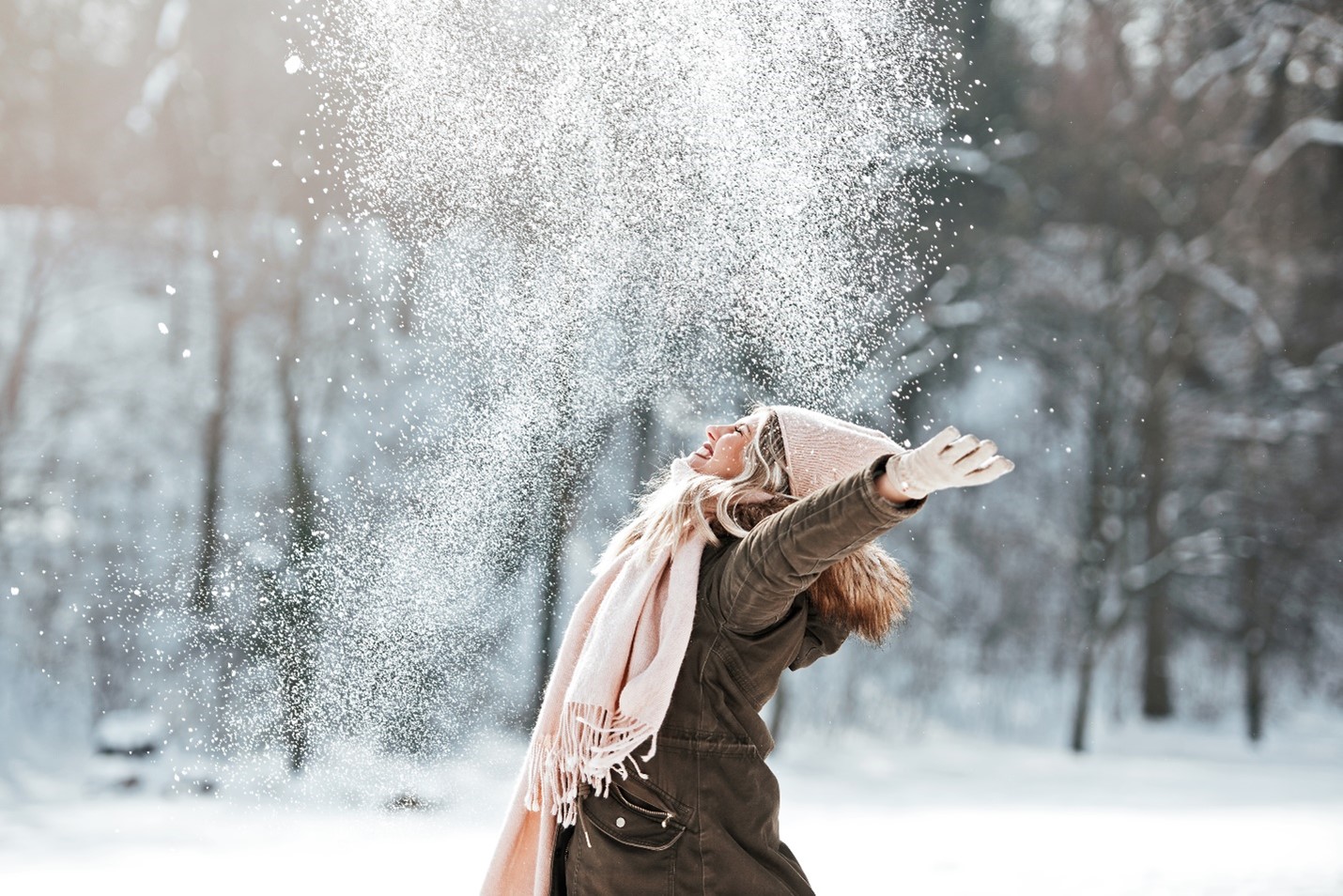
Cold Weather Safety
Getting outside in the winter is a great way to be active, however stay indoors if the temperature or wind chill falls below -25°C, at this temperature, exposed skin can freeze in minutes.
- Frostnip affects the skin on the face, ears or fingertips, it may cause numbness or blue-white skin for a short time. Normal feeling and color return quickly when you get warm, and no permanent damage occurs.
- Frostbite is freezing of the skin and the tissues. Skin is pale or blue, it feels cold, numb or stiff to the touch. Frostbite can also occur by touching cold items.
- Cold injuries may cause pale and blistered skin after the skin has warmed. Occurs from spending too much time in temperatures that are cold but not freezing.
- Eye pain – Can occur when trying to force your eyes open in high winds or cold weather. Snow blindness can occur in snowy conditions and sunlight reflecting off the snow can cause corneal injury or burn. Eyelids may become red, swollen and they may feel dry and irritated.
- Hypothermia occurs when the body loses heat faster than it can make heat. This is an emergency condition. It can quickly lead to unconsciousness and death if the heat loss isn’t stopped.
Treatment
- Stay calm.
- Find shelter – Get out of the cold
- Get dry – Remove cold, wet clothes. Put on dry clothing. Cover your head. Wrap up in blankets.
- Move around – Activity heats up the body and improves blood flow. Avoid sweating, it cools the body.
- Drink warm fluids – Try to avoid fluids that contain alcohol or caffeine.
- Rewarm small areas of your body that are cold – blowing warm air on them, tucking them inside your clothing, or putting them in warm water.
- Lotions – Apply to windburned skin, reapply often.
- Artificial tears – Warmed to body temp. they can moisturize and soothe eyes.
Frostbitten skin may be more sensitive after a cold injury. Protect injured skin with sunscreen and protective clothing to prevent further skin damage.
See a health professional if any of the following occur:
- New or worse blisters or worse signs of infection, such as redness, warmth, swelling, pus, or a fever.
https://myhealth.alberta.ca/health/pages/conditions.aspx?Hwid=colde
